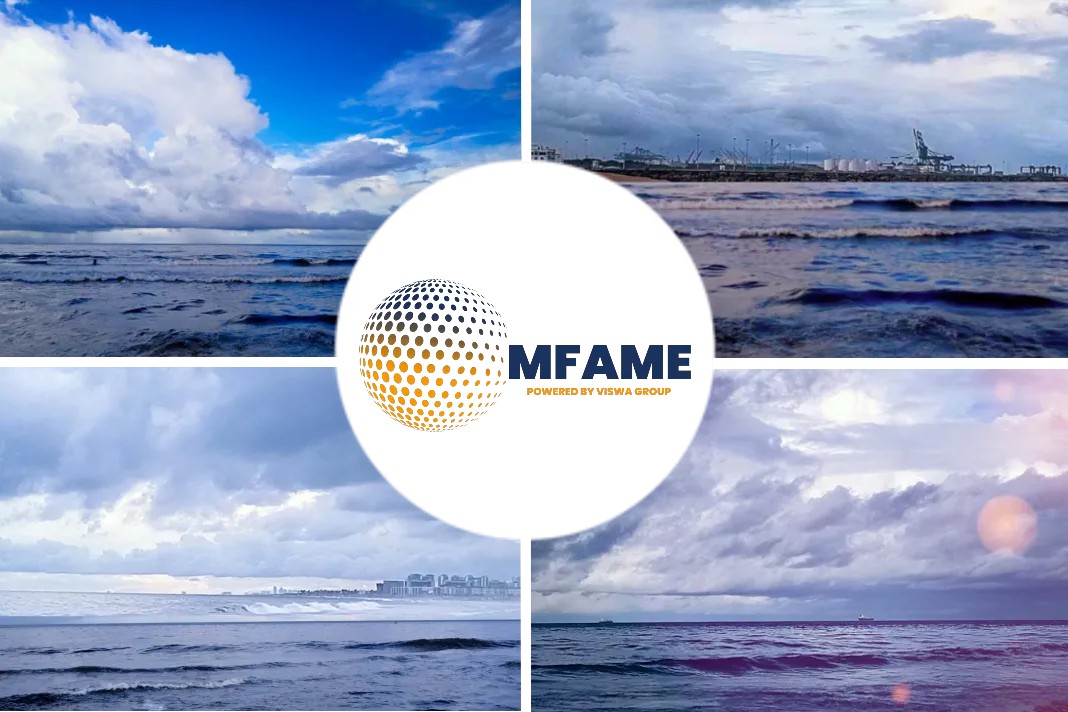For almost 18 months now, dry bulk newbuilding contracting has been something of a rarity. The huge tonnage supply overhung, coupled with the dire straits of the dry bulk freight market, has meant that ship owners were opting to scrap older vessels and replace them, if they felt the need to, with modern second hand tonnage, which was promptly available at bargain prices.
But now, this status quo could be in for a turnaround. In a recent market report, shipbroker Intermodal placed emphasis on the recent placement of LOIs for 208kdwt Newcastlemax Newbuildings at $38.5m at Private Chinese Yard identifies with the modern history low for dry bulker shipbuilding. “Adjusting for dwt, this would imply today $32m and $27.8m for 172kdwt and 150kdwt Capesize newbuildings, respectively. What a coincidence: in 1999 the 172kdwt Cape newbuildings were placed for as low as $32m, while in 1986 the 150kdwt newbuildings were placed for around $27m. All of the above are mentioned in nominal terms (not real dollars, ignoring inflation). It appears the $185/dwt is a intertemporal true (sub-)cost level for large dry bulkers”, said the shipbroker.
According to Intermodal’s Panos Tsilingiris, SnP Broker, “the -once gigantic- dry bulk orderbook has been rapidly correcting itself. From its 2009 peak at 78% orderbook to fleet ratio, it is now constrained to 9% of the fleet, the lowest in 15 years. The dry bulk newbuilding slippage last year stood at 47%; in fact the Kamsarmax newbuilding delivery rate was only 49%. While we currently face a strong wave of newbuilding deliveries (in January thus far we have 16 Capes, 26 Kamsarmaxes, 40 Ultras and 17 Handies delivered) due to the units queued/slipped from last year, we forecast that in 2017q2 the orderbook will stand at 6% of the fleet, which is the lowest on record”.
He added that “in the meantime, at the other end of a vessel’s life, we witnessed about 8 Capesizes and 8 Panamaxes built after 2000 being scrapped during last year. The recent scrapping of a 2002 Panamax by China COSCO Shipping paves the way forward for additional 2000s tonnage to be demolished. The vast majority of these bulkers were scrapped from Chinese and Japanese Owners, a fact that we should praise (we also praise the relevant incentives for scrapping). The Sulphur cap together with the IMO’s recent ratification of Ballast Water Management convention will catalyze the accelerated scrapping over the next years. Thankfully, the overage (over 15 year old) fleet is double the size of newbuildings. The orderbook to vintage fleet ratio is especially attractive for Handy and Panamax newbuildings”, said Mr. Tsilingiris, not resisting the temptation to warn owners to “order responsibly”
Meanwhile, in the newbuilding market this past few days, Intermodal noted that “despite the extended lack of business the shipbuilding industry seems bound to keep witnessing this year as well, ordering in the tanker sector has been showing sparks of life from time to time, with orders across different sizes being reported like those surfacing during the past week. Although we do not expect to see these short-lived spikes transforming into a trend of solid contracting volumes in the short to medium term, we do expect those admittedly attractive newbuilding prices to help sustain these drips of activity in the following months. With competition in the industry becoming more and more fierce, the prices yards are willing to offer in order to secure some vital for them business, do make a good case for ordering, while the fact that price details in many cases remain private, reinforces the feeling that these are being agreed at levels below the market. Indicative of the pressure in newbuilding prices, is the fact that last month alone the China Newbuilding Price Index (CNPI) moved 0.8% down compared to December, while the drop in the tanker index alone was 1.3%. In terms of recently reported deals, Indian owner, CLdN, placed an order for two firm RoRo Carriers (8,000lm) at Hyundai Mipo, S. Korea for a price in the region of $59.5m and delivery set in 2019”, the shipbroker concluded.
Did you subscribe for our daily newsletter?
It’s Free! Click here to Subscribe!
Source: Intermodal
























